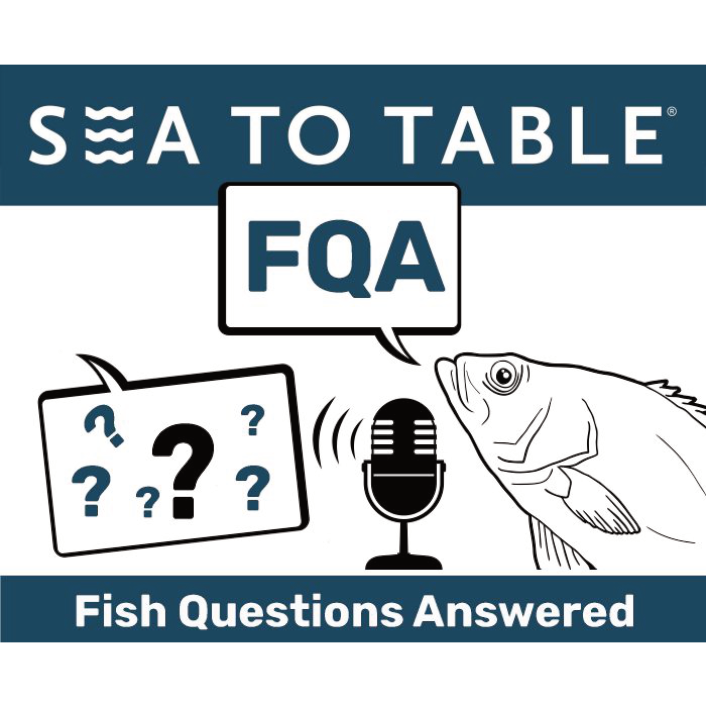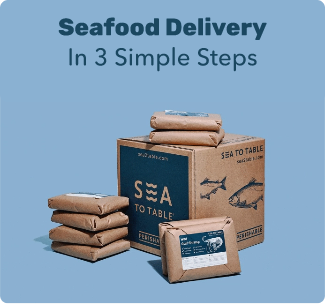
We get a lot of questions about fish. How to cook it, how to thaw it, how to store it. Sometimes we get questions about fishing. Like, what the heck does trawl-caught mean? Maybe you read an article about fish and have questions. Perhaps you heard something and are wondering if it’s true. Maybe your fish skin turns out soggy, not perfectly crispy. The point is, we all have questions about fish but no forum to ask them. Until now.
We are pleased to announce our new regular series where we answer all your searing questions about fish, from the mundane to the metaphysical, from recipes to randoms. We’ll dispense guidance and advice to help you navigate the piscine part of your existence just like Dear Abby, if Abby were obsessed with fish.
Speaking of obsessed with fish, FQA is dished out by Helen Stonhill, our Marketing Deckhand. Helen splits her time between Sea to Table and her duties as a real deckhand on the F/V Mabel out of Charleston, Oregon. If you would like to have Helen answer a question in this column, just send her an email at support@sea2table.com.

Re-Freezing Thawed Fish: A Risky Proposition
Dear Helen, I defrosted my fish and then was unable to cook it as planned. Can I put it back in the freezer?
— Thawed in Tennessee
Dear Thawed, The technical answer is yes, you can, in a pinch. But we don't recommend it because of SCIENCE! Sea to Table’s processors use blast freezers on the boats or the docks to freeze fish, at its peak freshness, to -30 degrees. This happens extremely fast, thus preventing the formation of large ice crystals in the fish. Once defrosted, it’s very difficult to tell blast frozen fish from fresh. Now consider your home freezer. It’s normally set to about 0 degrees, so instead of freezing almost instantly the process takes hours, allowing the ice crystals to form. Once completely defrosted, re-frozen, re-thawed fish will be tougher and less moist, and certainly less tasty. And of course there are food safety concerns depending on how long the fish has been defrosted. However, if your fish is still partially frozen you can generally put it back in the freezer with minimal quality loss.

What's the Difference Between Coho and Sockeye Salmon?
Dear Helen, I can’t decide between ordering your Alaska Coho Salmon and your Alaska Sockeye Salmon. What’s the difference?
— Undecided on Long Island Dear
Undecided, At Sea to Table we’re really into salmon, and that’s why we offer both kinds. And what’s not to love? Both sockeye and coho are full of healthy omega 3’s, can be prepared in all kinds of different ways, and taste amazing. Sockeye Salmon is deeper in color and flavor. Its vibrant red color is the a result of its exceptionally high levels of an antioxidant pigment called astaxanthin found in the crustaceans and algae that make up their diet. In combination with Omega-3 fatty acids, astaxanthin is believed to protect the nervous system and brain from inflammation. Coho salmon, although not as high in astaxanthin as sockeye, still packs a punch (pun intended). Coho Salmon is milder in flavor than Sockeye Salmon, making it a good gateway fish for salmon newbies. Its orangey-red flesh has a firm texture, and many consider it the best type of salmon for grilling. However, if you are still undecided, why not order them both and then decide which is your favorite?
← Older post Newer post →

